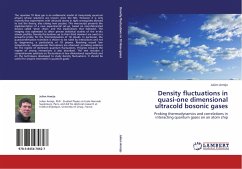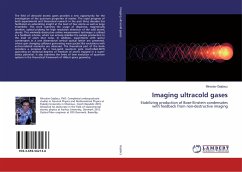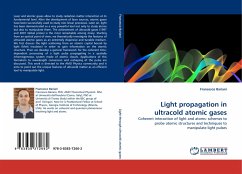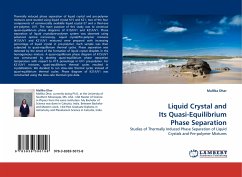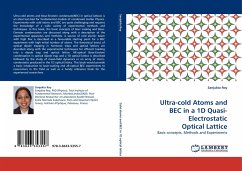The repulsive 1D Bose gas is an emblematic model of many-body quantum physics whose solutions are known since the 60's. However it is only recently that experiments with ultracold atoms in tight waveguides allowed to test the theory, also raising new puzzles. This manuscript presents the implementation of a new experimental set-up, based on microfabricated devices called "atom chips", and the explorations that followed. The imaging was optimized to allow precise statistical studies of the in-situ atomic profiles. Density fluctuations up to their third moment are used as a powerful probe for the thermodynamics of 1D clouds. In particular, the quasicondensation transition is shown to be ruled by interactions and not by degeneracy, a particularity of 1D physics. Reaching record low temperatures, subpoissonian fluctuations are observed, providing evidence for the regime of dominant quantum fluctuations. Progress towards the regime of strong interactions is also described. The text includes a comprehensive synthesis on fluctuations in low dimensional superfluids and on the techniques developed to study density fluctuations. It should be useful for anyone interested in quantum gases
Bitte wählen Sie Ihr Anliegen aus.
Rechnungen
Retourenschein anfordern
Bestellstatus
Storno

